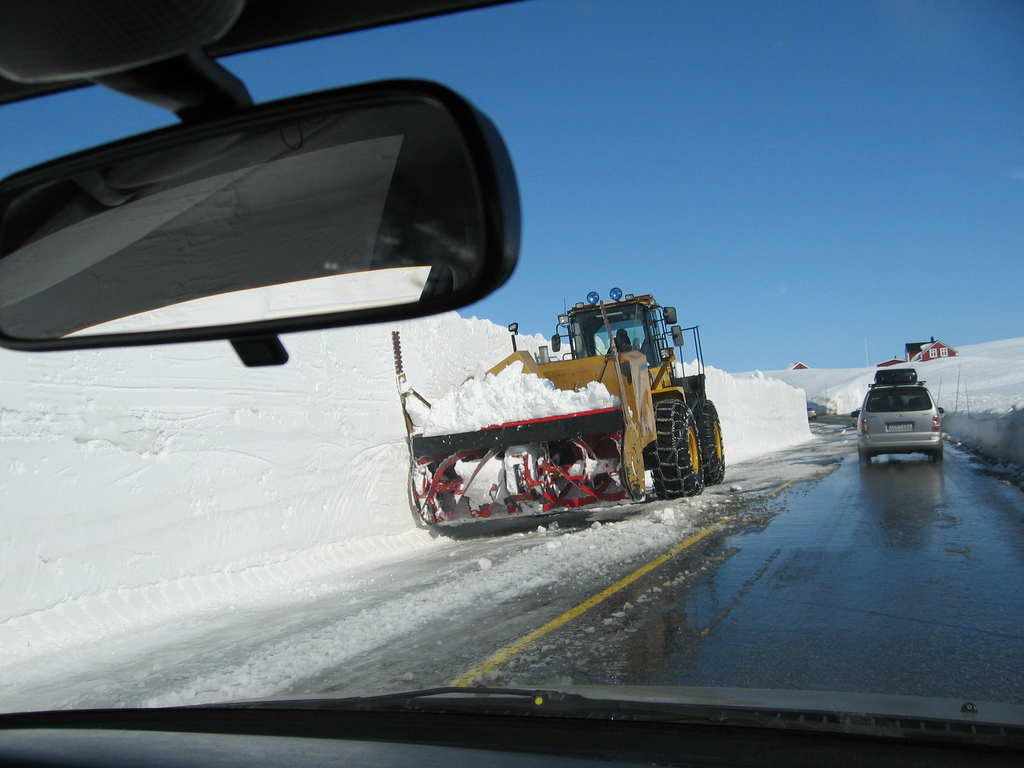Young drivers are new to the road and they have a lot to learn. Many of them embrace the power of operating a motor vehicle, choosing to race down roadways and dart in and out of traffic. This is the fast route to an accident. A young driver is much better off learning and practicing defensive driving skills. This can help them avoid potential accidents caused by other drivers.
The word “defensive” means “intended to withstand or deter attack” and when operating a vehicle, being defensive can save lives. Defensive driving helps motorists avoid accidents and reduce overall risk. Though some drivers follow all of the rules, others do not. Defensive drivers protect themselves from aggressive speeders, impromptu lane changers, close followers, sudden turners, and traffic weavers.
Aggressive driving causes approximately one-third of traffic accidents. Inattentive driving due to multitasking such as eating, talking on the phone, texting, or watching television while operating a vehicle has become more common in recent years. Defensive drivers recognize that while they cannot prevent or control these and other actions on the behalf of other drivers, they can help avoid relevant potential dangers.
Defensive driving begins with remaining focused while driving. Operating a vehicle involves thinking about speed, positioning, and road conditions, It also requires observance of traffic signals, signs, laws, an awareness of surrounding vehicles, checking mirrors regularly, and much more. By keeping the focus on driving, without permitting any distractions, young drivers take the first step in a defensive approach to vehicle operation.
Staying alert allows a driver to immediately react to potential issues such as the driver in front slamming on brakes. Judgment and reaction time are affected by alcohol, fatigue, and drugs, including some over-the-counter medications. Young drivers should get plenty of rest before hitting the road and should never drive while under the influence of drugs or alcohol. They should constantly observe and anticipate what other drivers will do and adjust their behavior accordingly.
Wearing a seatbelt, locking car doors, and maintaining a safe following distance are other defensive driving behaviors. Drivers should scan surrounding conditions 20 to 30 seconds ahead and check their mirrors frequently. If another vehicle appears to be moving aggressively, slowing down and pulling off the road can avoid an accident. Defensive drivers always have escape routes and never depend on other drivers to follow the rules of the road. This helps them remain safe in the face of danger.
*Photo Courtesy of LevelTen_Colin via Creative Commons License

